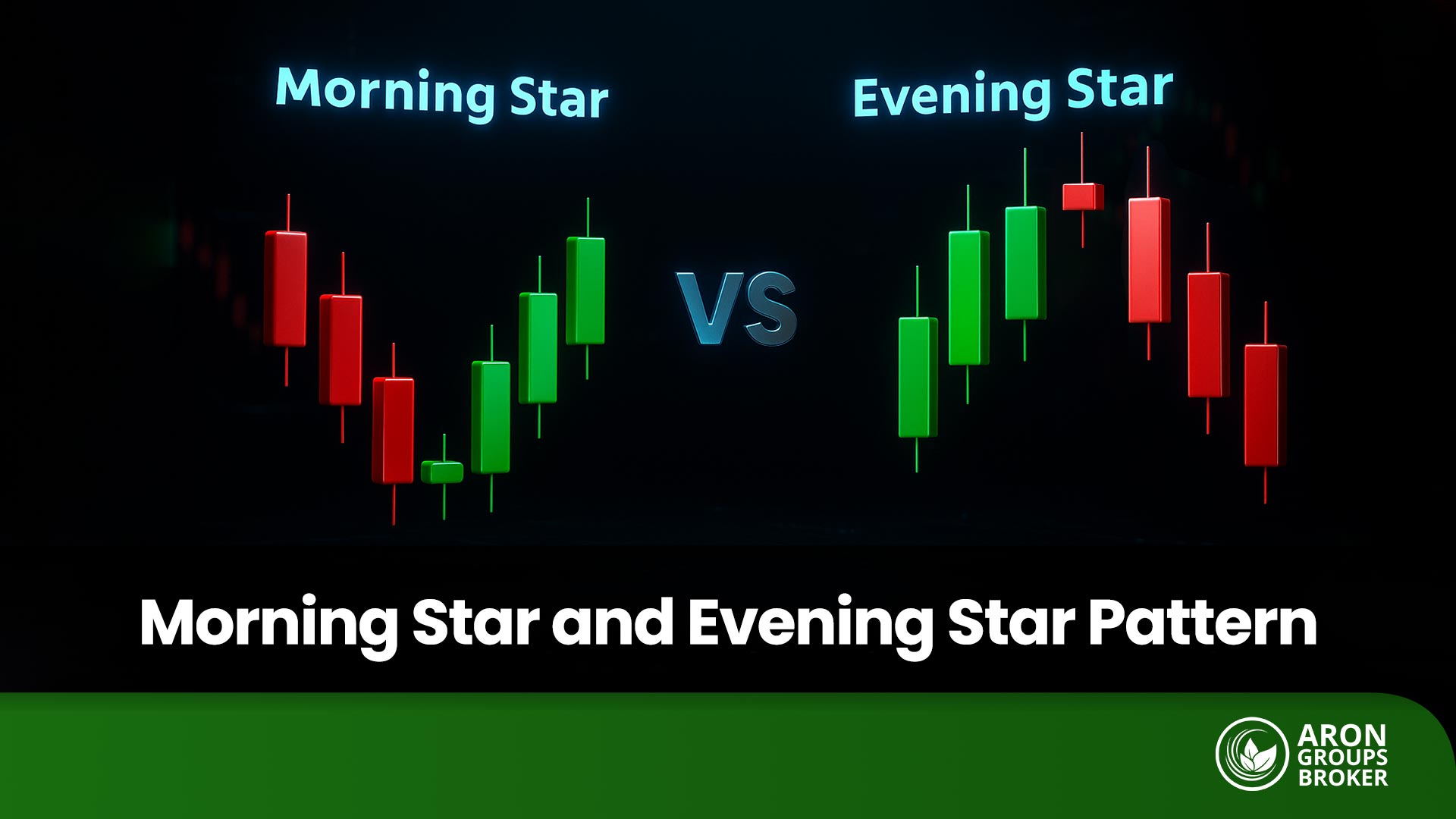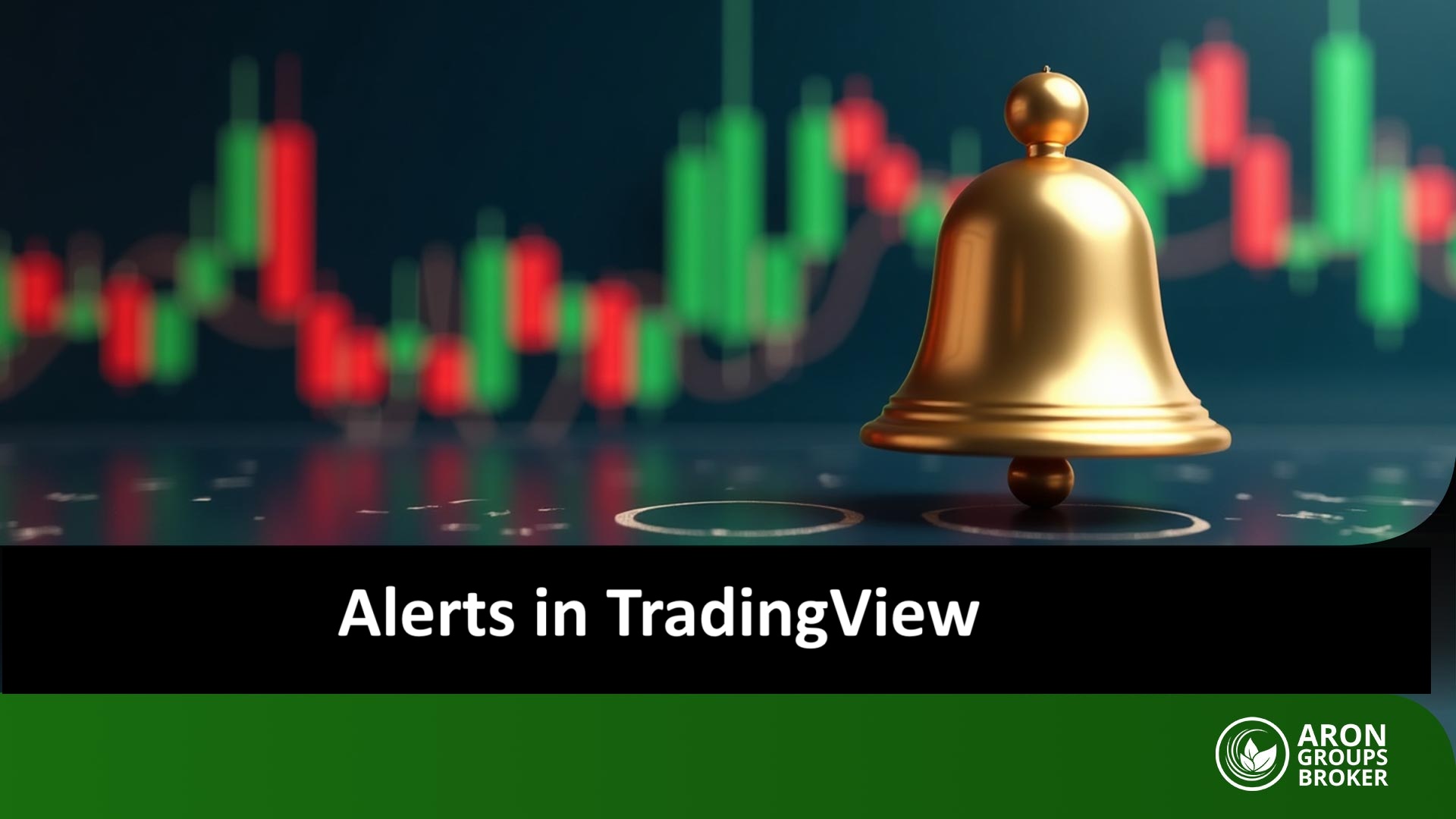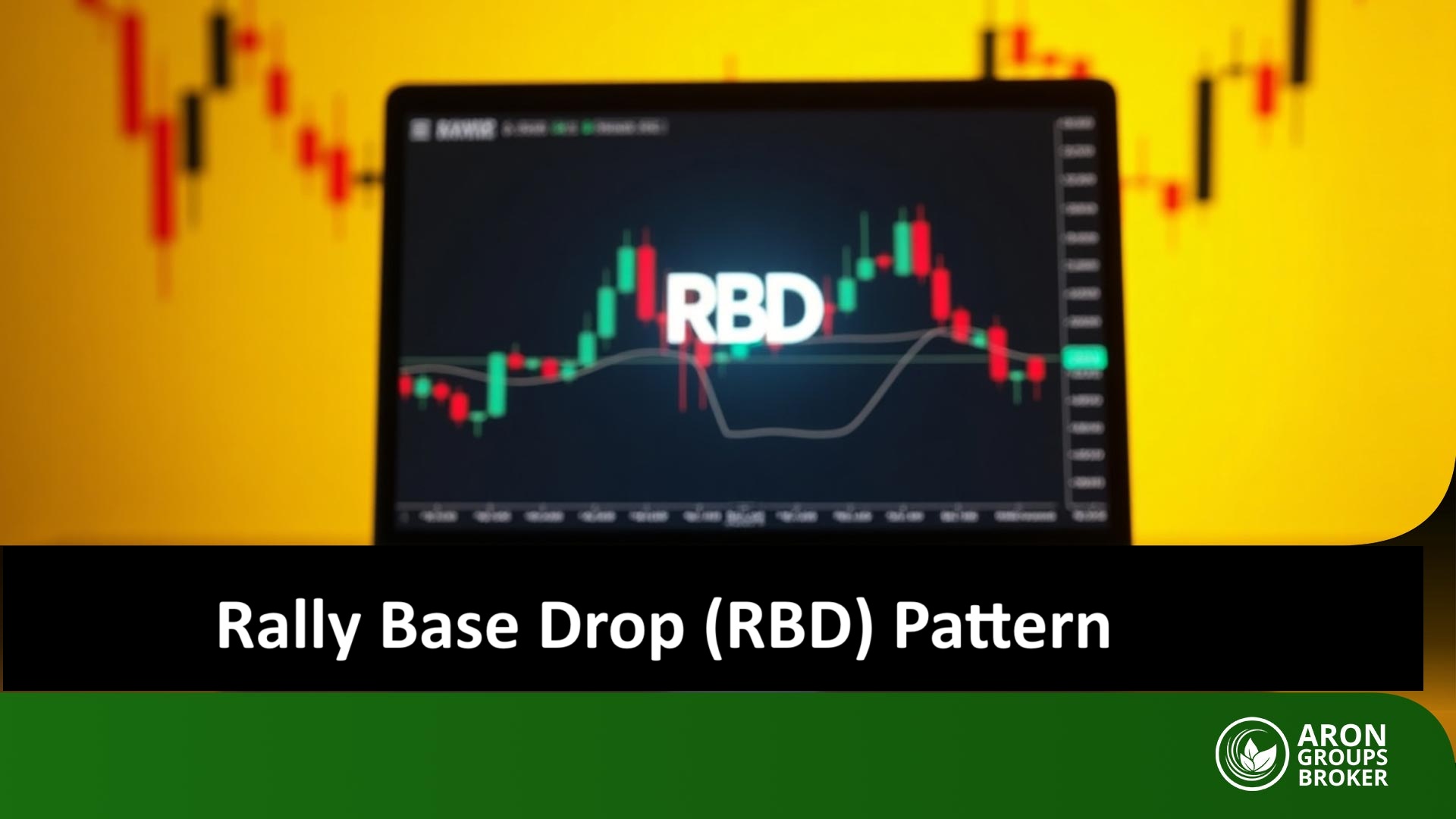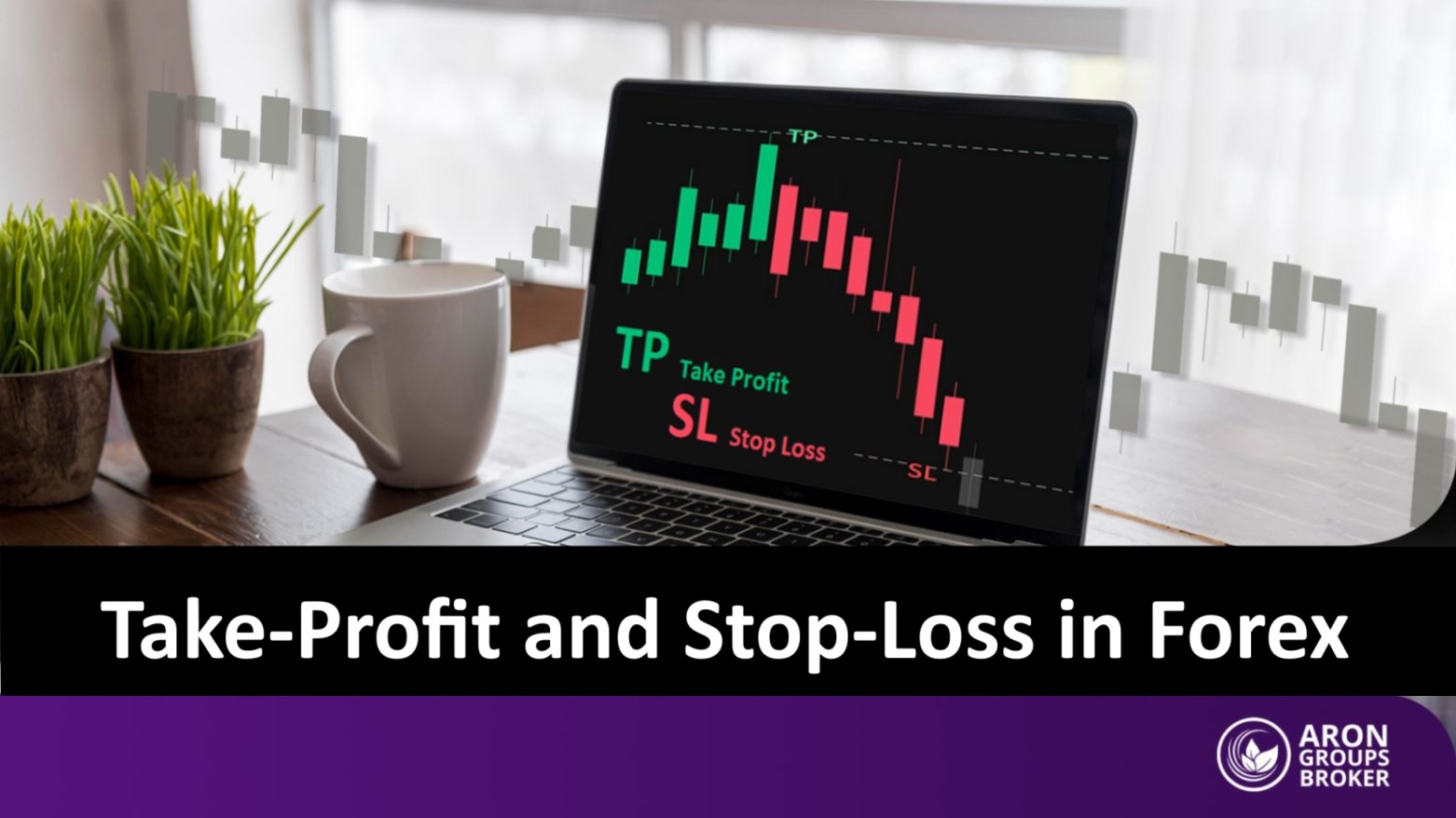Why is it so hard to close a losing position, yet so easy to take profits too soon? The answer lies in a behavioral pattern known as loss aversion, a mental bias that makes the pain of a loss feel roughly twice as intense as the pleasure of an equivalent gain. This emotional imbalance pulls traders away from rational decision-making.
The concept forms the foundation of Prospect Theory, explaining why people behave differently and often irrationally when faced with potential losses compared to gains.

- Loss aversion has evolutionary roots: it once helped humans avoid deadly risks, but in financial markets it has become a major obstacle.
- Inexperienced traders are more vulnerable to this bias due to limited experience and weaker emotional control.
- Visualizing potential losses before entering a trade can help manage emotions and stick to a trading plan.
- Using trading bots or semi-automated strategies reduces emotional interference in critical decisions.
- Constantly checking unrealized profits or losses reinforces loss aversion and leads to impulsive actions.
What Is Loss Aversion Bias?
Loss aversion bias refers to the human tendency to perceive losses as more significant than equivalent gains. Simply put, the pain of losing €25 (≈$25) usually feels about twice as strong as the pleasure of winning the same amount. Because of this, people are generally unwilling to accept equal-risk scenarios unless the potential gain is roughly twice the size of the possible loss.
Imagine someone offers you a coin toss: if it lands heads, you win €25; if tails, you lose €25. Most people would decline the bet. However, if the offer changes, win €50 on heads but lose €25 on tails, many more would agree to play.
This simple example illustrates how potential losses weigh heavier in our minds than potential gains, shaping the way we perceive and take financial risks.

Why Does Loss Aversion Matter in Trading?
Loss aversion affects traders’ performance in three key ways:
It Destroys the Risk-Reward Ratio
According to Investopedia, loss aversion leads to two destructive behaviors among traders: “holding onto losing positions” and “closing winning trades too early.”
The outcome is that the average loss grows larger while the average gain shrinks. Even with a high win rate, this pattern can wipe out a trading strategy’s overall profitability. This phenomenon, known as the Disposition Effect, has been repeatedly documented in financial research, showing how ignoring stop-loss and take-profit levels distorts the risk-to-reward ratio.
It Fuels Emotional and Excessive Trading
When fear of loss combines with overconfidence, traders often overtrade to recover losses quickly. These emotional reactions, frequent entries and exits, undermine portfolio efficiency and increase transaction costs.
Extensive studies on brokerage account data reveal that the most active traders typically underperform both the market and less active investors.
It Leads to Irrational Risk Judgments
Based on Prospect Theory, people become risk-averse in gains, eager to lock in profits, but risk-seeking in losses, taking larger risks to recover what they’ve lost.
For instance, traders may move stop-loss levels or average down on losing positions. Such behavioral shifts derail proper risk management and result in irrational decision-making.

In the short term, loss aversion leads to premature exits from profitable trades, and in the long run, it causes psychological fatigue and burnout for the trader.
Signs You’ve Fallen into the Trap of Loss Aversion
Loss aversion often reveals itself through certain trading behaviors. If you recognize these signs in yourself, you’re likely caught in this bias:
- You move or remove your stop-loss: You shift or cancel your stop-loss level, believing the market “has to” reverse.
- You close winning trades too early: You exit profitable positions quickly, even when there’s room for further upside.
- You obsess over breakeven: Instead of analyzing market structure or trend, your only goal becomes exiting a trade at breakeven.
- You give yourself false hope: You repeat phrases like “this trade will definitely come back” instead of assessing it rationally.
- You average down without a plan: When a position goes into a loss, you add more to it impulsively just to lower your entry price.
- You use a mental stop-loss: Instead of setting an actual stop-loss, you tell yourself, “I’ll close it if it reaches this price,” which rarely happens.
You increase position size for revenge: After a few losses, you suddenly open a much larger position to “win it all back.” - You seek confirmation bias: You only read news or analysis that supports your existing view and ignore any evidence to the contrary.
The Connection Between Loss Aversion and Other Cognitive Biases in Trading
Loss aversion rarely acts alone; it usually combines with several other cognitive biases that gradually pull traders away from their trading plan.
The mix of these biases often results in two destructive behaviors: “holding onto losses too long” and “taking profits too early.”

Physical changes in the trading environment, such as adjusting lighting, sound, or screen distance, can partially reduce the intensity of loss aversion.
Confirmation Bias and Its Role in Reinforcing Loss Aversion
Confirmation bias is the tendency to seek or interpret information that supports your existing beliefs while ignoring conflicting evidence.
In trading, this cycle unfolds as follows:
- When you enter a losing position, loss aversion amplifies the emotional pain of closing it.
- To ease that pain, your mind starts searching for reassuring signals, news, or data that suggest the market might reverse.
- As a result, warning signs that contradict your view (like a broken support level) are downplayed, and you end up staying in a bad trade far too long.
How to Counter Confirmation Bias:
- Define a “disconfirmation trigger” before entering a trade, e.g., “What event would invalidate my scenario?”
- In your trading journal, dedicate a section to “opposing evidence” and write down at least two counterarguments for every trade idea.
- Use a pre-exit checklist, and if clear invalidation signs appear, exit without hesitation.
Anchoring Bias vs. Loss Aversion: The Key Difference
These two are often confused, but they’re distinct in nature:
- Anchoring bias: You fixate on a specific number, such as your entry price or the previous high, and evaluate everything relative to it.
Example: “I won’t sell until the price gets back to my entry.” - Loss aversion: Because of the pain of realizing a loss, your behavior changes; you become risk-seeking when losing and overly cautious when winning.
Example: “I’ll remove my stop-loss so my loss isn’t confirmed yet.”
How to Tell Them Apart:
- If hiding your entry price changes your decision, the problem is anchoring.
- If the fear of locking in a loss keeps you from exiting despite the same data, it’s loss aversion.
Practical Solutions
- Hide your entry price on the chart and focus instead on key market structure levels.
- Use automated stop-loss orders that cannot be manually altered (e.g., broker-enforced stop-out).
- Review your trading journal periodically and analyze behavioral metrics such as how often you moved your stop-loss or the ratio of holding time for winning vs. losing trades to better understand and correct your own psychological patterns.
How to Overcome Loss Aversion Bias
Overcoming loss aversion isn’t about suppressing emotions; it’s about building a disciplined, rules-based trading system that limits their influence. Here are three key strategies to achieve that:
Discipline in Stop-Loss Management and Exit Planning
- Set your stop-loss before entering a trade: Define your stop-loss level, position size, and risk-reward ratio before opening any position, and don’t let emotions interfere with these parameters.
- Use automated orders: Place limit or stop orders so that the system executes exits automatically, reducing the temptation to interfere manually.
- Apply mechanical rules: Techniques such as trailing stops or scaling out (partial exits) prevent impulsive decisions from disrupting your trading plan.

Behavioral studies show that even simulated losses without real money involved can activate loss aversion bias.
Use Trading Journals to Identify Behavioral Biases
- Record every trade: Document your initial plan, risk management setup, actual execution, and any observable biases (such as loss aversion).
- Generate periodic reports: Every month or quarter, review your journal to measure how often you took profits too early or held losing trades too long. Recognizing these patterns helps you correct them over time.
Manage Risk Through Quantitative Frameworks
- Define a maximum risk per trade: Limit the loss on each position to a fixed percentage of your capital, typically 0.5% to 1%.
- Set portfolio rebalancing rules: Establish clear guidelines for portfolio rebalancing and overall risk exposure so no single trade can jeopardize your account.
- Use consistent allocation ratios: Relying on fixed capital allocation ratios helps minimize emotional reactions to small losses and keeps decision-making objective.
Conclusion
Loss aversion is a natural human bias, but its existence doesn’t mean we must surrender to it. Prospect Theory shows that people tend to become cautious in gains and risk-seeking in losses. This behavioral shift can destroy profitability, especially when it leads to holding onto losses and closing winning trades too early.
However, by applying three simple yet powerful practices: strict stop-loss discipline, trading journal analysis, and quantitative risk management, you can regain control over your trades. In doing so, you turn the fear of losing into the discipline to protect your capital.






























